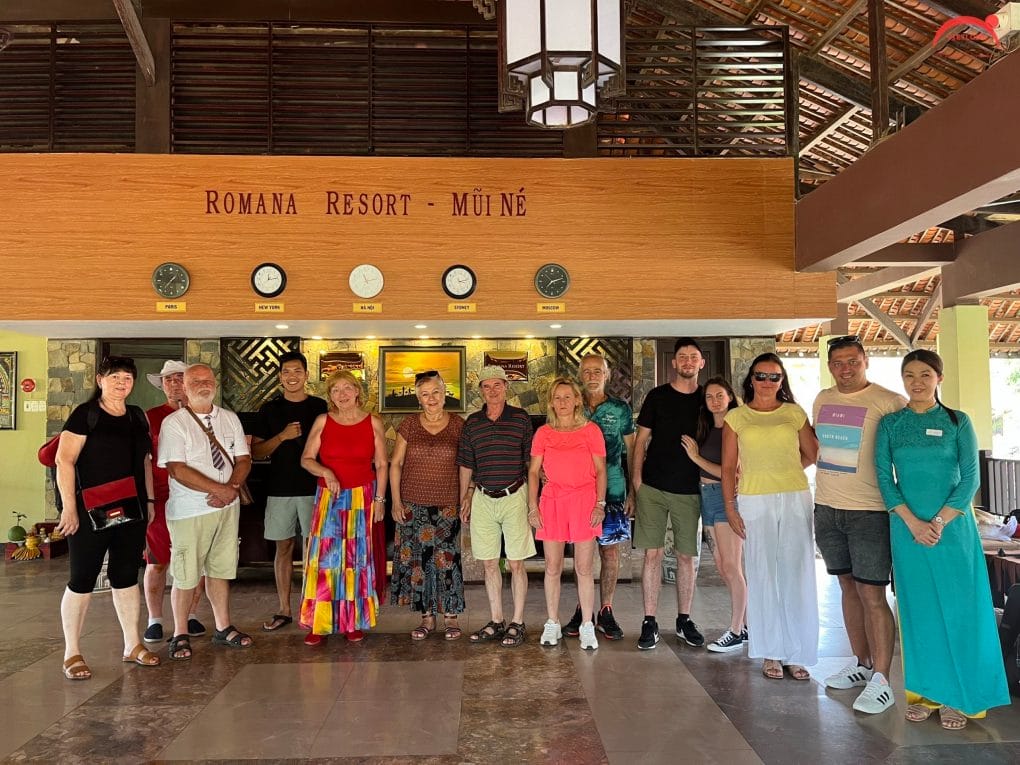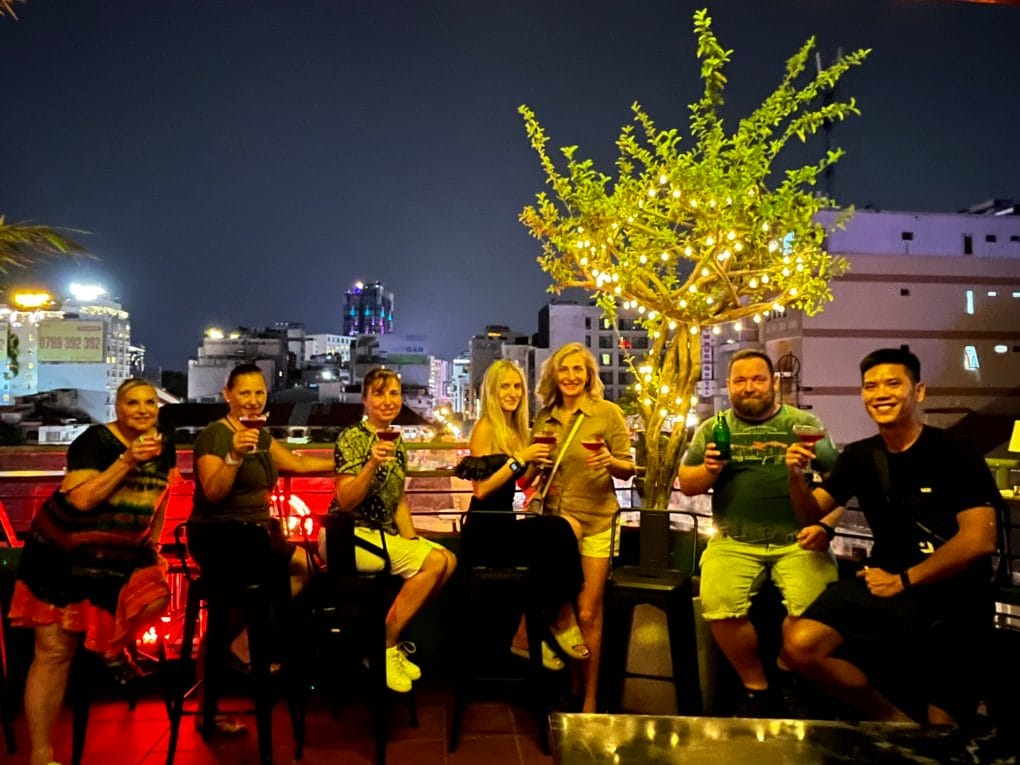The Nagayon Temple is located in the southern part of Myinkaba. In the south of Myinkaba, Nagayon, was built at the end of the 11th century by Kyansitthar, according to the plan of Ananda; even roof, same terraces, very stupas, even Sikkhara. Of Môn style, it resembles the Indian temples of the area of Orissa.
Structure
A portico in the north, paved with green glazed stones and having niches holding stone reliefs of the Buddha, provides access to the Nagayon. Within the temple itself, the central shrine contains a huge standing image of the Buddha. Two smaller images flank the main one. A corridor, also paved with green glazed stones, runs around the central shrine. Dim light comes in through the perforated windows of the outer walls. The walls of the corridor have niches holding stone sculptures depicting the Buddhas previous to Gotama, as well as paintings showing scenes from the Jatakas and the Final Life of Gotama Buddha. One penetrates by the principal entry which is located at North in a rather dark hall. The deambulatoire even is enlightened for him only by 5 windows with stuctur̩es openings and limiting itself to some rays of light. The d̩ambulatoire is equipped with many niches where were images of Buddhas Рalas empty the majority today.
Inside the temple
In fact of the niches for the 27 Buddhas which preceded the historical Buddha Gautama, the 28. Paintings which decorate the déambulatoire are of different invoice feed most beautiful are characteristic of the period of Kyansitthar. Inside the temple, the main Buddha image is twice life size and shelters under the hood of a huge naga, or serpent. The outer, dark corridor has many niches with images of the earlier Buddhas. Paintings also decorate the corridor walls. The central shrine has two smaller standing Buddhas as well as the large one. The small ruined stupa of Pawdawmu Paya is located nearby.
Nearby Attractions
Abeyadanar
The Abeyadana Temple was built during A.D 1102-1103. The temple is located at the north of the royal palace of King Kyanzittha. It is a temple of classical architecture, bases square and large porch in north where there lies a central pillar, and then a great sitting Buddha. Paintings are the true treasure of this temple and they are rich of teaching on the atmosphere of Bagan of the ancient time. The history of this temple says, while Kyanzittha sheltered at Nagayon during his flight from Sawlu, his wife Abeyadana waited for him a short distance away. At that site he subsequently built this temple, which is similar in plan to the Nagayon. The name of the temple was given after King Kyanzittha’s first queen “Abeyadana”, whom he married while he was still a young warrior. Abeyadana meaning the “abandoned jewel” was a follower of Mahayana Buddhism since the frescoes on the outer walls can be seen with images of the Hindus Gods like Indra, Shiva and Vishnu. The inner shrine contains a large, brick-built seated Buddha, but the fine frescoes are the main interest here. Of the many Buddha niches lining the walls, most are empty. Some contain bodhi-sattvas and Hindu showing a Mahayana influence accredited to the tastes of Kyanzittha’s Bengali bride.
Soemingyi Monastery
The monasteries where built both with brick and wood, but it is only the brick monasteries-called kalakyaung or “Indian monasteries” – which have survived. Square in plan, it has a vestibule on the eastern side and a double-storeyed sanctum on the western side. There is a central hall, with cells ranged along its northern and southern sides. A staircase in the southeastern corner leads to roof, which was of wood and probably flat.






